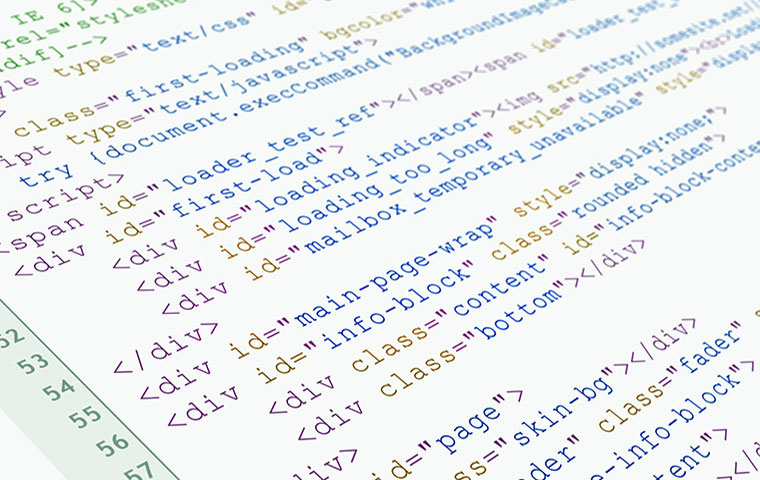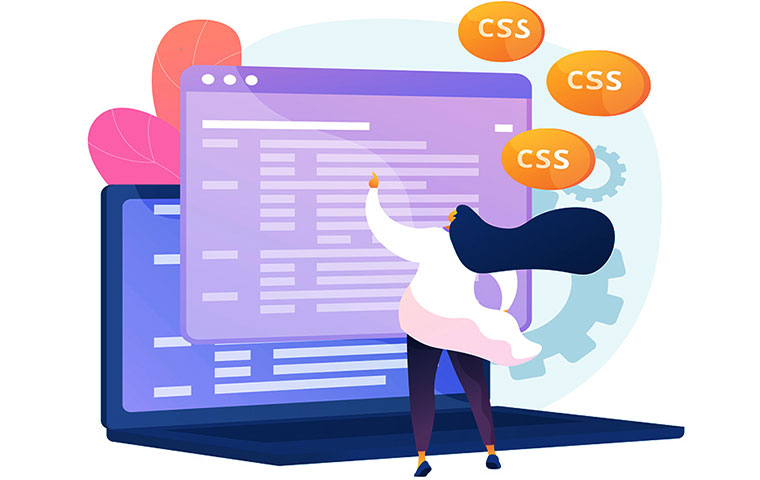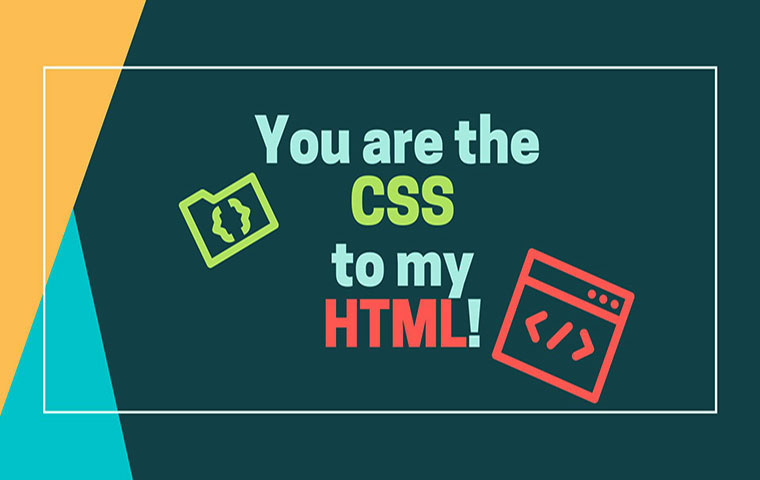In-App Purchases vs Ads: Which Strategy is Best?
You’ve created your app, and people are starting to download,...
We use cookies for our website to give you the most relevant experience by remembering your preferences. By clicking “accept”, you consent to use of ALL the cookies
This website uses cookies to improve your experience while you navigate through the website. Out of these, the cookies that are categorized as necessary are stored on your browser as they are essential for the working of basic functionalities of the website. We also use third-party cookies that help us analyze and understand how you use this website. These cookies will be stored in your browser only with your consent. You also have the option to opt-out of these cookies. But opting out of some of these cookies may affect your browsing experience.
Necessary cookies are absolutely essential for the website to function properly. These cookies ensure basic functionalities and security features of the website, anonymously.
| Cookie | Duration | Description |
|---|---|---|
| cookielawinfo-checkbox-functional | 11 months | This cookie is set by GDPR Cookie Consent plugin. The cookie is used to store the user consent for the cookies in the category “Analytics”. |
| cookielawinfo-checkbox-functional | 11 months | The cookie is set by GDPR cookie consent to record the user consent for the cookies in the category “Functional”. |
| cookielawinfo-checkbox-necessary | 11 months | This cookie is set by GDPR Cookie Consent plugin. The cookies is used to store the user consent for the cookies in the category “Necessary”. |
| cookielawinfo-checkbox-others | 11 months | This cookie is set by GDPR Cookie Consent plugin. The cookie is used to store the user consent for the cookies in the category “Other. |
| cookielawinfo-checkbox-performance | 11 months | This cookie is set by GDPR Cookie Consent plugin. The cookie is used to store the user consent for the cookies in the category “Performance”. |
| viewed_cookie_policy | 11 months | The cookie is set by the GDPR Cookie Consent plugin and is used to store whether or not user has consented to the use of cookies. It does not store any personal data. |
Functional cookies help to perform certain functionalities like sharing the content of the website on social media platforms, collect feedbacks, and other third-party features.
Performance cookies are used to understand and analyze the key performance indexes of the website which helps in delivering a better user experience for the visitors.
Analytical cookies are used to understand how visitors interact with the website. These cookies help provide information on metrics the number of visitors, bounce rate, traffic source, etc.
Advertisement cookies are used to provide visitors with relevant ads and marketing campaigns. These cookies track visitors across websites and collect information to provide customized ads.
Other uncategorized cookies are those that are being analyzed and have not been classified into a category as yet.
Cyberia Tech, Inc. respects your privacy. This Privacy Policy explains how we collect, use, and share your information. By using our services, you agree to this policy. If any other agreements conflict with this Privacy Policy, the terms of those agreements prevail.
Cyberia Tech complies with the EU-US and Swiss-US Privacy Shield Frameworks for handling personal data from the EEA, UK, and Switzerland. In case of any conflict, the Privacy Shield Principles prevail. Learn more at Privacy Shield. Key Definitions
Information linked to an individual, transferred from the EEA, UK, or Switzerland to the U.S.
Data revealing race, religion, health, sexual orientation, and similar categories.
Effective Date: [ 2025 / 11 / 29 ]
Welcome to The Cyberia Tech ! By accessing or using our website or services, you agree to
comply with and be bound by these Terms of Use and our Privacy Policy. If you do not agree with
these terms, please do not use our Services.
Loading
0 %

After you’ve decided everything else in the HTML file, open a new tab and begin the frontend CSS. It’s time to use Frontend CSS codes to bring some clarity, brightness, and color to your website. CSS, as opposed to HTML, is more dynamic and provides some styles to the page.
As a result, coding has more twists and turns, necessitating the use of specialized tools to change CSS codes. There are various effective CSS frameworks that may help with styling; in this essay, we will learn more about CSS, its features, and popular frameworks.
Table of Contents
CSS, or Cascading Style Sheets, defines how HTML components are displayed on a web page. CSS, like HTML, is a markup language, and the primary function of frontend CSS code is to improve the user interface.
Frontend CSS is a vital language for web development. It collaborates with HTML and JavaScript to shape the style and layout of webpages, enabling developers to craft visually appealing and user-friendly designs for seamless user experiences.

Frontend CSS is responsible for changing the colors, size, layout, and design of HTML components. You should practice CSS more; let’s go through some of these examples.
CSS codes may be applied to a website in three ways. Curly brackets are used to establish frontend CSS codes; hence, the first approach to using CSS codes is to specify the exact style of each HTML element within a pair of curly brackets.
This feature irritated the developers since it resulted in messy programs that were difficult to maintain; also, it generated confusion for the engineers.
The next method for dealing with CSS codes is to place them into the HTML file between style tags (style>, /style>), although this is also inefficient.
Although HTML and CSS parts are separated, maintaining them is difficult since a website or web app often contains more than one HTML file. The third method is the most efficient since it allows you to build a separate CSS file and link it to the HTML components using the link> tag.
To obtain the greatest results, it is crucial to match the correct CSS selector with the corresponding HTML element. Look at the sample below to better grasp the concept.
| HTML | CSS |
| <html>
<head> <title>Div Align Attribbute</title> </head> <body> <div align=”left”> Lorem ipsum dolor sit amet, consectetur adipiscing elit, sed do eiusmod tempor incididunt ut labore et dolore magna aliqua. </div> </body> </html> |
div{
/* The currentColor keyword for the color value, which means that the border will have the value of the respective div’s color property */ border: 3px solid currentColor; } |
You can accomplish amazing things with CSS by adding several values to a CSS class. Consider the font property, or font family, which can have a variety of modifications such as font size, font style, font color, and so on.
The important point is that CSS is not messy, but it has various selectors to target a specific quality of HTML elements; however, having multiple sets of rules for each CSS function can be confusing, but they will get easier with time and practice; additionally, CSS sheets are reusable and can be used for multiple projects.
The term cascade conjures up images of frontend CSS selectors at varying rankings. Similarly, the order in which each CSS selector is applied is crucial, and it is governed by a quantity called as selector specificity.
The answer may not delight frontend developers, but it is well worth the effort because adding CSS may significantly improve the aesthetic of your website and attract more people.
CSS, in addition to UI benefits, organizes the information on the website, making it easier to maintain and manage the material on the webpage. Furthermore, a decent website with extensive information and a professional design will rank better in search engines.
If you are still not persuaded of CSS’s benefits and feel it is a difficult chore, proceed to the following section and have a look at some popular CSS frameworks to see how entertaining they can be.
The role of frameworks is to make the development process easier and CSS frameworks are here to promise developers that the era of repetitive CSS codes has come to an end. CSS frameworks are designed to lay the groundwork for even inexperienced developers to construct frontend CSS codes.
Bootstrap, Tailwind, Foundation, Bulma, and UI Kit are the greatest CSS frontend frameworks. In the next sections, we will examine each framework and its properties.
One of the most popular frameworks for which HTML and frontend JavaScript are also supported. It is popular among web developers because to its extensive set of built-in tools and ready-to-use components.
The surprise aspect of Bootstrap is that it is an open-source platform that has been able to continue and develop its services because to Twitter’s backing. As a result, a group of skilled developers is maintaining Bootstrap, which is a huge benefit for every developer.
Working with Bootstrap is simple because to its famous grid layout and customisable components. With basic frontend CSS code, you may select the required style and change some of its aspects, such as size and color.

Despite Bootstrap’s prominence, some new developers opt to avoid its complexity and work with other platforms. Saving time in coding frontend CSS is a blessing for developers because they jump right into JS coding.
Tailwind has a broader selection of class components than Bootstrap. It is a CSS framework that enables users to change the fine features of a website or web app.
Tailwind, on the other hand, does not provide predesigned templates for your website, but its broad collection of UI components, all of which are reusable, makes frontend developers’ jobs easier.
One of the intriguing benefits of using Tailwind is that even complete beginners may experiment with it, and it offers a large library for them. Tailwind is the greatest solution for time-sensitive applications because to its excellent library and flexibility.
It is another open-source and responsive CSS framework with more sophisticated capabilities than Bootstrap; yet, it allows skilled developers to freely personalize their UI.
The Foundation’s modular architecture makes it incredibly adaptable and allows its users to freely explore and personalize their creations. The Foundation advertises its mobile-friendly responsive designs on the first page of its website.
Another advantage of utilizing Foundation is its support for email design; while HTML for email platforms is difficult, it provides an environment for developing responsive email systems
Bulma is a lightweight framework that is not as sophisticated as others. Bulma, unlike its competitors, solely supports CSS; as a result, it is quicker and lighter.
Bulma’s versatility and modular architecture make it an attractive CSS framework for developers; also, several developers think it has a clean, smooth, and elegant design.
However, its distinctive design might be challenging because your designs may be too similar if you keep to Bulma.
Bulma is a lightweight framework that is not as sophisticated as others. Bulma, unlike its competitors, solely supports CSS; as a result, it is quicker and lighter.
Bulma’s versatility and modular architecture make it an attractive CSS framework for developers; also, several developers think it has a clean, smooth, and elegant design.
However, its distinctive design might be challenging because your designs may be too similar if you keep to Bulma.

All of the above-mentioned frameworks are responsible for accelerating the developer’s tasks and organizing the UI components to attract users. Some may think that the backend foundation of a web app is the most important part of the app, but the frontend is the shop window that entices the users and persuades them to step inside.
Competencies for Front-End Developers in 2021
Therefore, a front end developer should: Hold a Bachelor’s or higher degree in Computer Science or a related profession. Have a firm grasp of HTML, CSS, JavaScript, and jQuery, among other programming tongues.Recognise the value of learning server-side CSS.
Do front end developers write CSS?
To build websites and apps that users can access and interact with, front-end developers rely on web languages like HTML, CSS, and JavaScript. A front-end developer is responsible for the visual aspects of a website’s design.
The aesthetic attractiveness and user engagement of our HTML is a direct result of the use of Cascading Style Sheets. Simply simple, style sheets control how HTML components look on a page.
Using all of your efforts to create the greatest frontend CSS will ensure favorable outcomes in the future. Frontend CSS code writing is an interesting, engaging, and creative work that will help developers train their minds.
All CSS frameworks eased developer chores by providing ready-made templates and class components to reduce the strain of complex code. If you are going to begin your web application development project and want to avoid CSS coding, please contact our skilled developers to obtain the services you want.
Furthermore, if you have experience with any popular frameworks, please share your thoughts in the comments area below.
You Can Get More Information!
